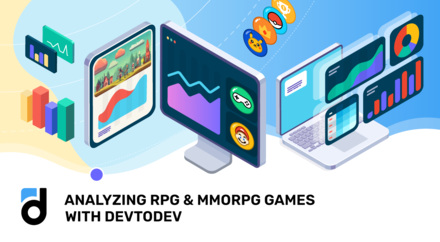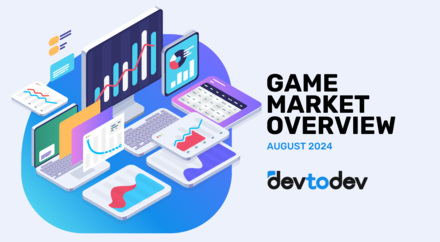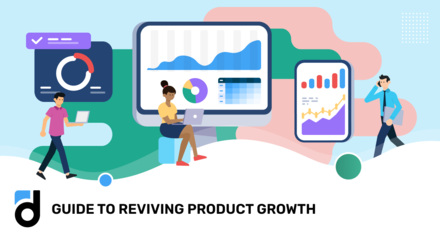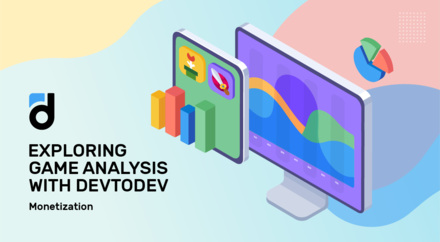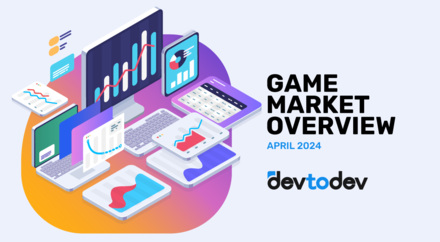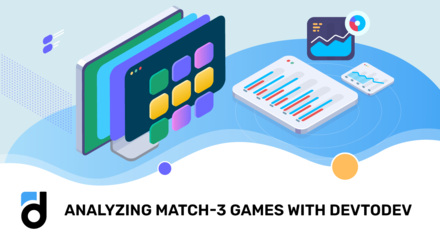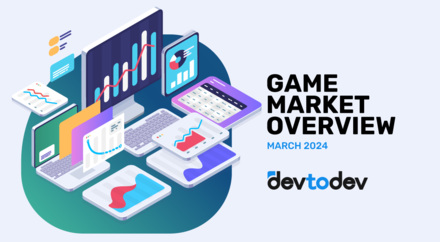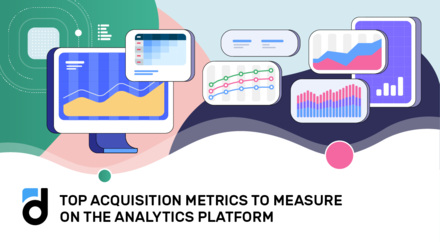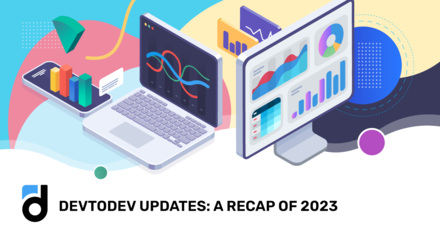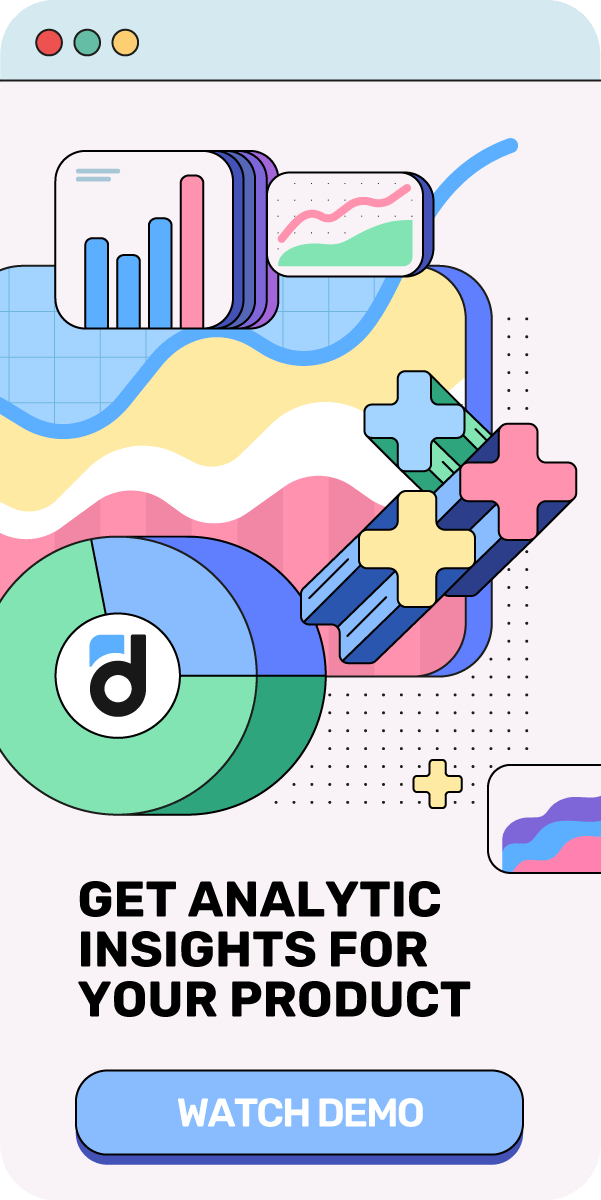You can find this article in Russian here.
Awesome news, friends! In the end of 2018 we presented an updated devtodev interface that everyone has been waiting for. While transition to the new interface is planned to be completed by the end of Q1, we would like to start introducing you to its new functionality.
Here are the 10 most important features that will make working with analytics more convenient and insightful.
Flexible retention charts
The updated Retention report allows to display all the retention metrics you may be interested in. They can be displayed on a timeline which allows to compare how different indicators are influenced by changes in the project (for example, an app update or changes in the traffic structure).
In addition, devtodev shows the retention curve of your project - you can see on which days there is the biggest churn. By comparing average and median retention values for a period, you can quickly detect the highest or lowest values, which makes it much easier to monitor your retention.
CHURN RATE
We are happy to present you a new metric - Churn Rate!
It is calculated based on Rolling Retention: if users return into the game, they get into Rolling Retention, if not - they get into Churn Rate.
Thus, you will be able to detect days with the biggest churn and focus on minimizing it.
Interaction between reports
Previously you had to open new reports with no saved settings every time you wanted to switch between reports. The new interface is full of logical transitions between reports: filter settings are saved in this case. This makes data analysis more logical and reduces the number of clicks.
Creating segment from the funnel step
If you create a sequence of steps: A -> B -> C -> D, and after the funnel is built, you'll be able to define a unique segment of those users who have reached a certain step of the funnel (say, step C).
Subsequently you can use this segment when your create different reports (for example, if you need to see the structure of purchases of this segment, distribution by levels, all basic and game metrics), as well as when your create push notification campaigns.
There have been no fundamental changes in how funnels work. As before, they can include up to 20 steps and provide functionality to filter by parameters, create a reverse/optional step and set a time limit between steps.
USER FLOW
User Flow is an excellent report that broadens functionality of standard funnels.
There are two modes of the report available:
- You choose the event from which the analysis starts. User Flow is built showing the sequence of user actions after completing this chosen event. By exploring these visual branches, you can better understand the behavior of your users.
- You choose the final event and how your users come to this event. This approach is especially convenient to see the churn: the event of 7 days inactivity is added to the system, which allows to see how your users churn.
Cohort analysis
Cohort analysis allows to compare the behavior of different user cohorts, or segments that are based on install date: how they convert into payment during the same period of time, how their retention metric changes, how much they pay. This is the most convenient approach to studying the dynamics of product quality.
devtodev allows you to set any cohorts, choose any metrics for comparison and evaluate how they change as time goes from cohort to cohort.
Analysis of repeated payments
In the free-to-play economies (and in others too), a long-term retention and repeated payments are essential for successful monetization. The aim is not only to convert players into payment but also to create such an economy that pushes players to pay again and again.
In devtodev, there are several reports that provide data about repeated payments, show the time of conversion, periods between payments, levels on which purchases are made, etc.
This allows you to better understand patterns of paying users behavior and use this knowledge when adding new features into your games.
Visualization of game economy and purchases structure
The new devtodev interface is full of different reports that show the structure of purchases made for real and virtual currency.
You will be able to see currency balances by levels, a structure of revenue and expenses, the most common purchases, their dynamics and share from the total amount, and so on. All of this will help you better understand current demand on virtual goods, to balance and optimize it, create discounts, promotion campaigns, and events to maximize your game revenue.
ABC/XYZ-analysis
Our analysts adopted this type of analysis from the retail sector. It turned out that ABC/XYZ-analysis can bring interesting insights about game economy.
- ABC-analysis is based on Pareto distribution and segments the product line of the project (in our case - of the game) by its contribution into the overall structure: items that generate the biggest share of the revenue get into the A segment, the smallest in terms of revenue items - into the C segment.
- XYZ-analysis shows the stability of demand: the X segment includes items with the most stable demand, items with the least stable demand are attributed to the Z segment.
By combining these methods of analysis, we get segments of items based on their contribution to the revenue structure and volatility of demand. For example, items that generate the most revenue and have the most stable demand are in the segment AX. It's better not to experiment with them. Although feel free to test item bundles, pricing and promotion campaigns with the segments closer to CZ.
Forecasting
Finally, the new devtodev interface provides wider functionality for forecasting. Using time series forecasting models, the system predicts the future values of the revenue, audience activity and retention.
You will be able to compare actual and predicted values and respond to their changes, as well as plan the project’s economy for several days, weeks and even months in advance.
The new devtodev interface is already available for devtodev users. During Q1, all data will be transferred to a new data storage system, and clients will get access to our new reports.


